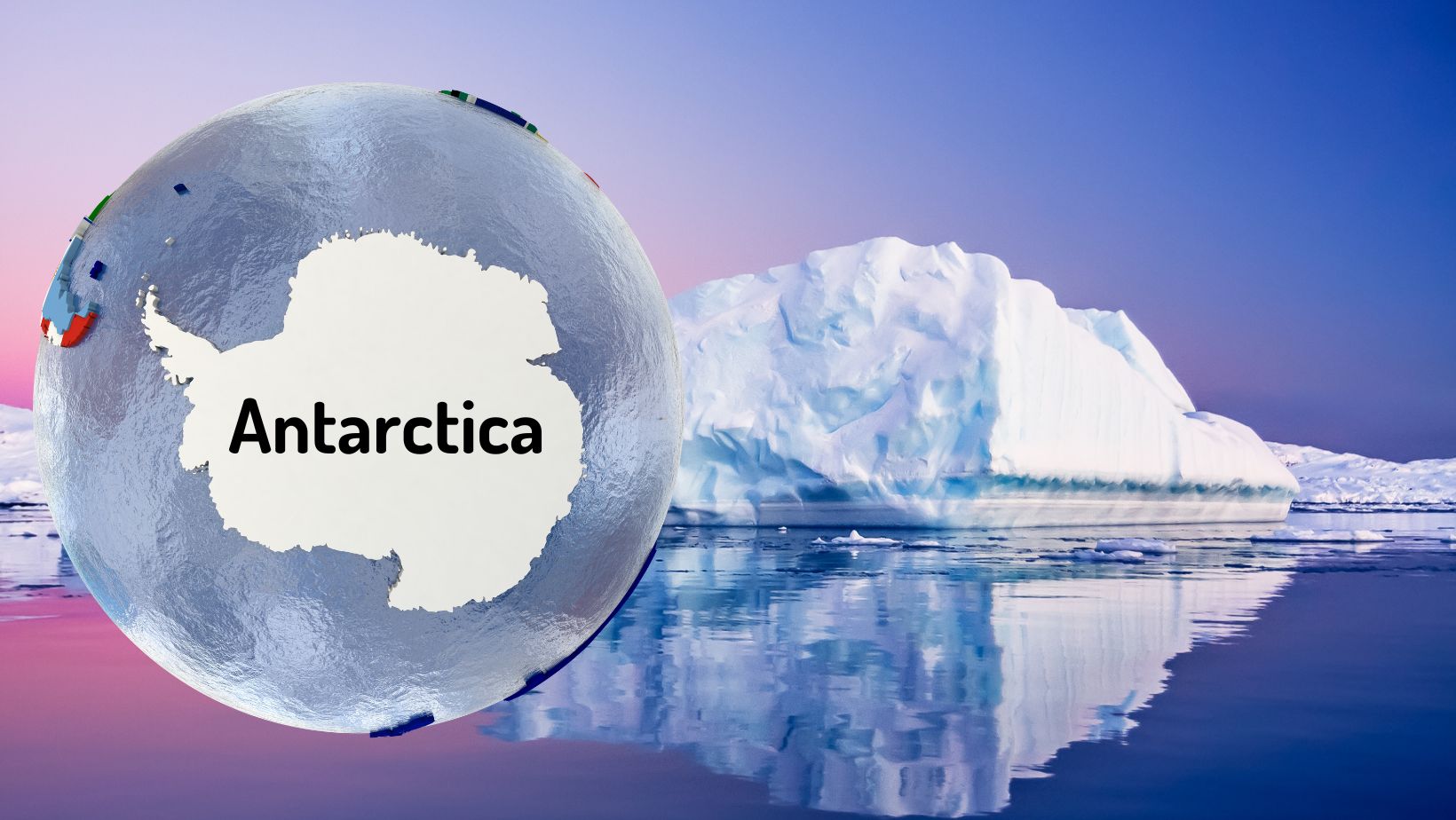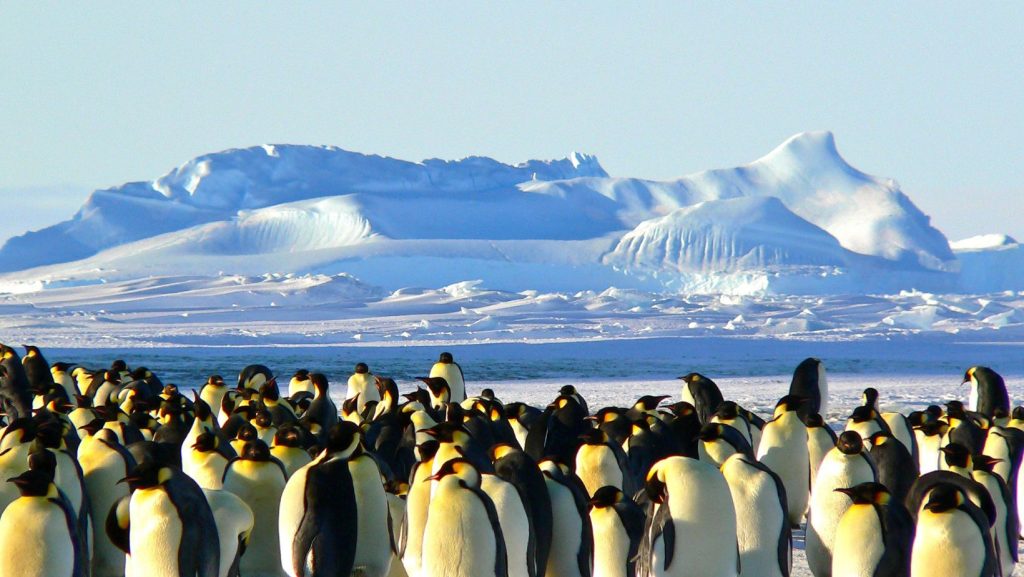
Antarctica is the only continent with no permanent human habitation. There are, however, permanent human settlements, where scientists and support staff live for part of the year on a rotating basis.
The continent of Antarctica makes up most of the Antarctic region. The Antarctic is a cold, remote area in the Southern Hemisphere encompassed by the Antarctic Convergence. The Antarctic Convergence is an uneven line of latitude where cold, northward-flowing Antarctic waters meet the warmer waters of the world’s oceans. The Antarctic covers approximately 20 percent of the Southern Hemisphere.
Antarctica is the fifth-largest continent in terms of total area. (It is larger than both Oceania and Europe.) Antarctica is a unique continent in that it does not have a native human population. There are no countries in Antarctica. Seven countries made defined claims to Antarctic territory prior to the Antarctic Treaty of 1959. The treaty does not legally recognize any claims.
The Antarctic also includes island territories within the Antarctic Convergence. The islands of the Antarctic region are: Orkney Islands and Shetland Islands, claimed by the United Kingdom; South Georgia and the South Sandwich Islands, administered by the United Kingdom and claimed by Argentina; Peter I Island and Bouvet Island, claimed by Norway; Heard and McDonald islands, claimed by Australia; and Scott Island and the Balleny Islands, claimed by New Zealand. [Source: Nat Geo]
